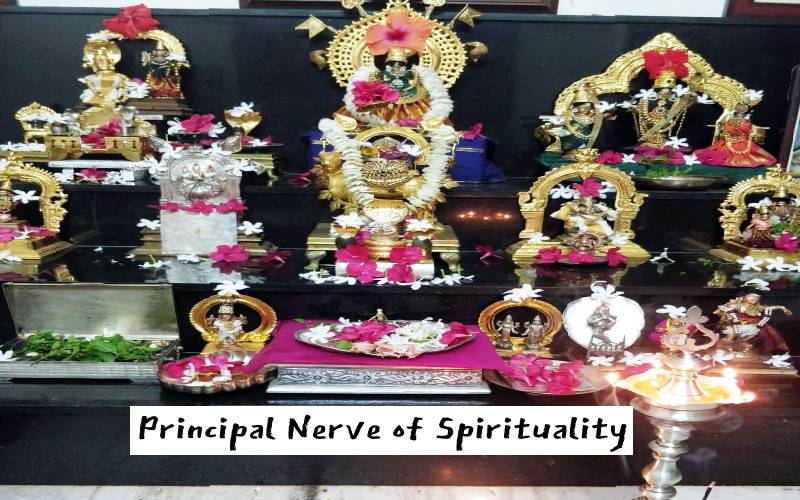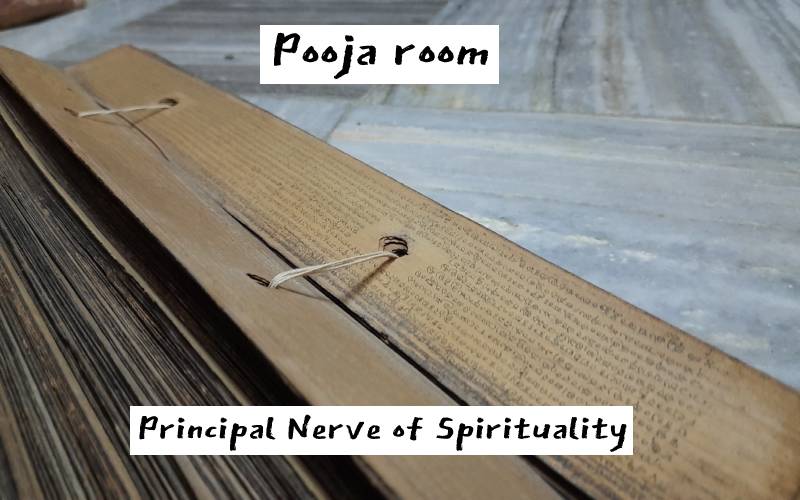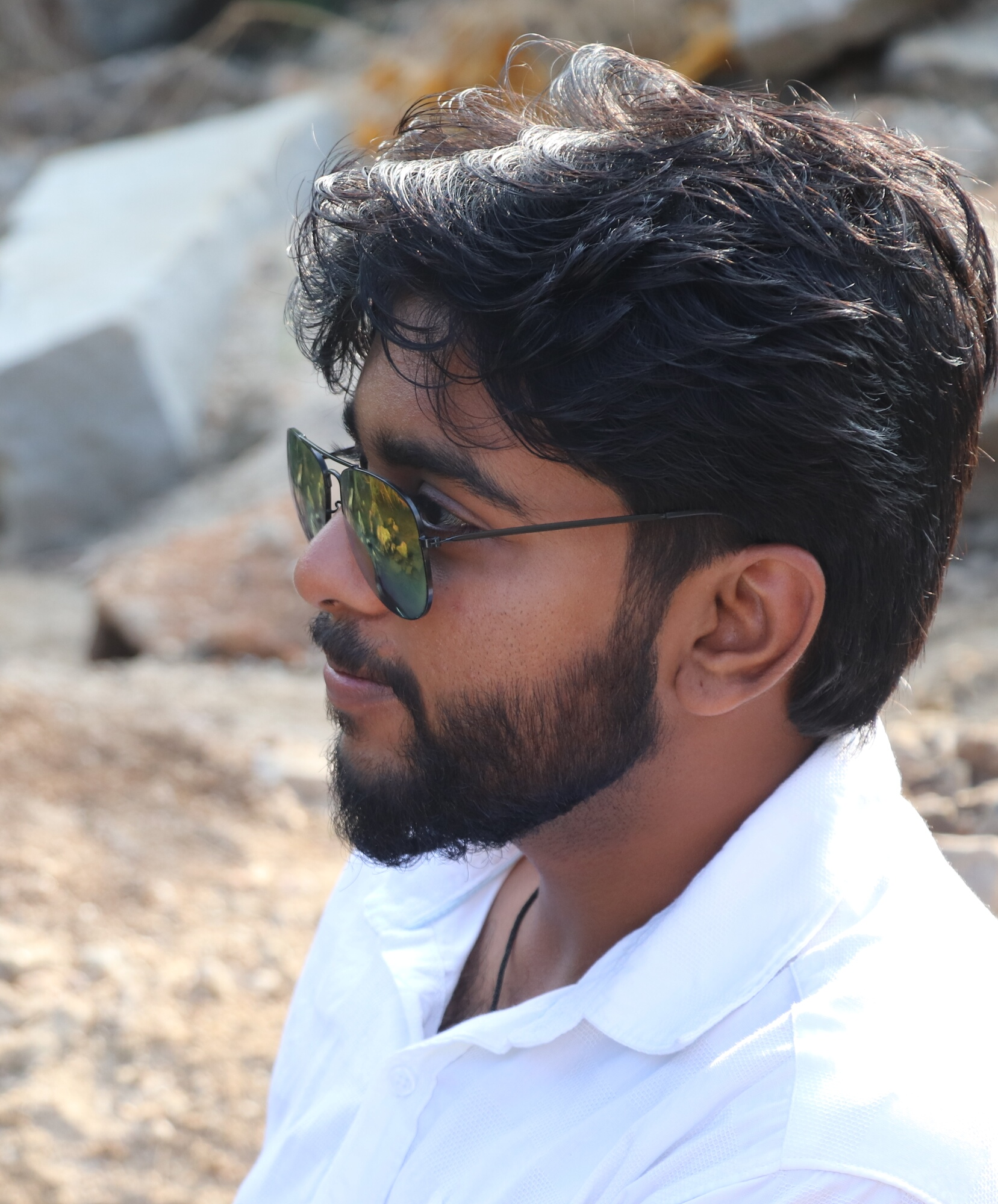
Tracing one of the Oldest Pooja rooms in Coimbatore
“Rituals will not die, as long as you do it,” voiced Gurumurthy, one of the traditional residents of Coimbatore whose house is said to enshrine one of the oldest pooja rooms. The ritualistic practices that their family follows also remains unaltered from the time of their ancestors.
The household is purely vegetarian and no one in the family is ever forced to practice any rituals. “Because of which the tradition still continues,” pointed Gurumurthy. Their pooja room held murthies which were 200+ years old and also the original ‘Ramayana' manuscript in Telugu. They follow the Smartha tradition. The family performs the panchayatna pooja daily morning without any break.
According to Smartha tradition, family members are free to choose their own Ishta devata-s (Favourite deities) for offering Manasika Prarthana-s (Mental prayers). Each deity has his/her own set of panchayatna pooja. Many families practised Shiva or Vishnu panchayatna pooja, while others followed Ganapathy or Surya panchayatna pooja.

The history enthusiast provided additional information on the importance given to light in Sanatana Dharma. He said, “Light, Lord Surya, and knowledge are highly revered in our dharma. There are four important temples dedicated to Lord Surya in the four cardinal directions.”
Gurumurthy continued enthusiastically, “First of which, located at Kashmir is one the biggest Surya temples. The deity is known as Lord Marthanda. Second is Konark which is in the eastern direction. Modhera is in the west which is 200 kms from Ahmedabad. Towards the south is located the Suryanarkoyil where the presiding deity is Lord Shivasurya. Almost every God in Sanatana Dharma is worshipped as Lord Surya.”
Lord Shiva is the main deity of worship in their house. Saligramam pooja-s are performed for Lord Vishnu. The important aspect in the panchayatna pooja is that the deities are worshipped not as idols but in their natural form. Red coral stone is idolized as Lord Vinayaka, the stone with golden lines which is picked from Swarnamukhi river is treated as Devi, saligramam is idolized as Mahavishnu, etc.
Towards the end of the conversation, Gurumurthy equipped the highest philosophy by pointing out that even if the murthies differed the truth remains one. He said that the divine experiences must not be treated as miracles but guiding forces. He then mentioned that his kula devata is Subramania Swami.
 T. R. Surya is the special correspondent of the company. He is an eloquent speaker and compendious writer of English. An avid learner of Sanskrit and Indian scriptures under the guidance of Swami Ganeshaswarupananda and Gita Chaitanya of Arshavidyalaya. His inclination and interests are towards studying Metaphysics and philosophies.
T. R. Surya is the special correspondent of the company. He is an eloquent speaker and compendious writer of English. An avid learner of Sanskrit and Indian scriptures under the guidance of Swami Ganeshaswarupananda and Gita Chaitanya of Arshavidyalaya. His inclination and interests are towards studying Metaphysics and philosophies.
NEXT ARTICLE